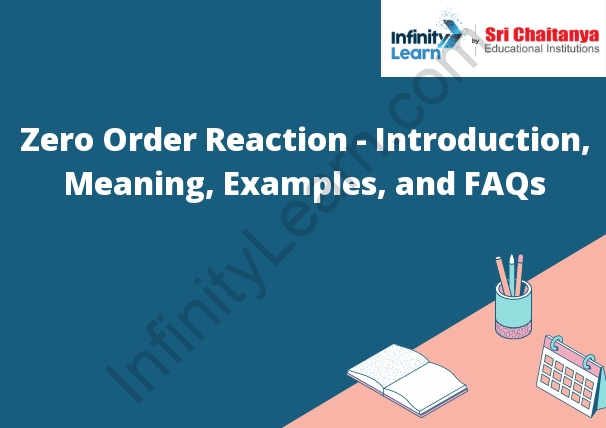Table of Contents
Zero Order Reaction
A zero-order reaction is a reaction in which the concentration of the reactants remains constant as the reaction proceeds. The reaction rate is independent of the concentration of the reactants.
It should be noted that the rate of a zero order reaction is not independent of the concentration of the reactant. It is only independent of the first-order concentration term. However it is dependent on the square of the concentration of the reactant.
The rate of a zero order reaction is not proportional to the concentration of the reactant. Therefore the rate of a zero order reaction is proportional to the square of the concentration of the reactant.
It is inversely proportional to the concentration of the reactant.

Examples of zero-order-reaction
The reactants are consumed at a constant rate, and the reaction reaches equilibrium after a certain amount of time. In order to determine the rate of a zero-order reaction, you need to know the concentration of the reactants at the beginning of the reaction and the amount of time it takes for the reaction to reach equilibrium.
In chemistry, a zero-order reaction is a chemical reaction that occurs at a constant rate. This is in contrast to a first-order reaction, which occurs at a rate that is proportional to the concentration of the reactant. A zero-order reaction is usually due to a catalytic process.
FAQs
1. What is a zero order reaction?
A zero order reaction is one in which the rate of reaction is independent of the concentration of the reactants. The rate of a zero order reaction is constant over time.
2. What is the order of a zero order reaction?
The order of a zero order reaction is zero.
3. What is the rate law for a zero order reaction?
The rate law for a zero order reaction is rate = k, where k is the rate constant.
4. What is the half-life of a zero order reaction?
The half-life of a zero order reaction is the time it takes for the concentration of the reactant to decrease by half.



